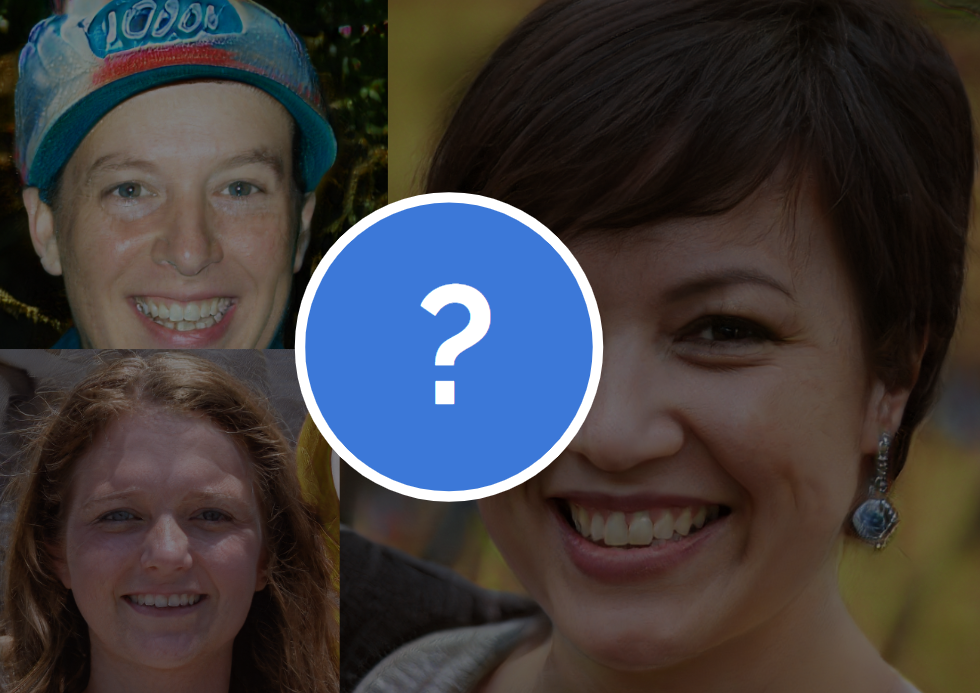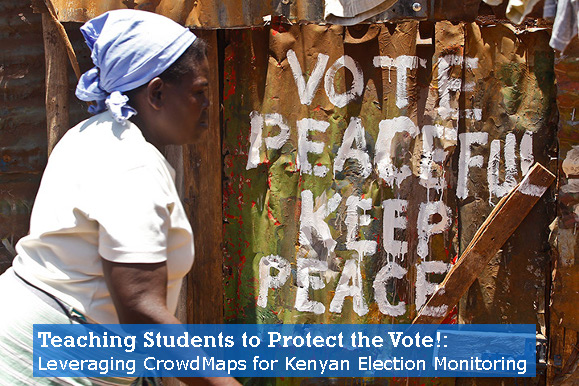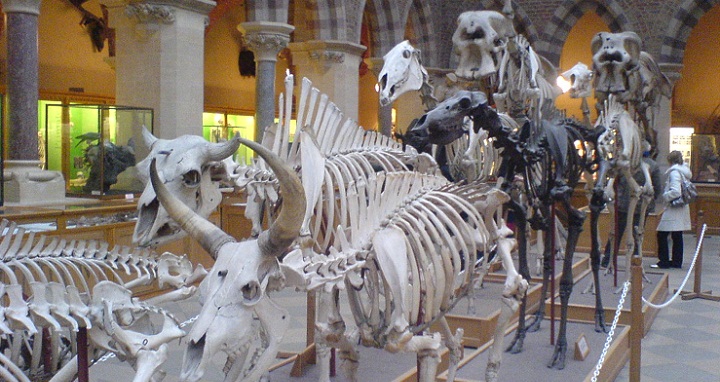Quick question! Which of the following pictures was a real participant in the TC301: Artificial Intelligence for International Development course….and which ones were generated by face-generating AI on thispersondoesnotexist.com?
Did you guess correctly? Well if you guessed the top right, that’s Priyanka Pathak the Facilitator for the upcoming course on April 1. If you didn’t, then you’ve been fooled by AI, with natural-looking results that managed to stay safely out of the uncanny valley. Not an easy thing to do for faces, which humans are pretty good at recognizing slight differences (there’s a reason they are often on money, after all).
How does it work? According to the BBC, the website generates a new lifelike image each time the page is refreshed, using technology developed by Nvidia, which developed a pair of adversarial AI programs to create and then critique the images, in 2017, which has now been made open source.
According to Fast Company:
“Nvidia’s StyleGAN was designed around something called “style transfer.” It doesn’t copy and paste elements of different photos to create a new one. That’s too imperfect and would never look good, according to the scientists who worked on the project. Instead, StyleGAN analyzes three basic things in every photo–which they call styles– and then merges them into something completely new.
The styles are called “coarse,” “middle,” and “fine.” Coarse deals with parameters like the cat’s face, its pose, and the type of hair. The middle is the facial features themselves, like the eyes, mouth, and nose shape. And finally, the fine styles are things like the color of the hair. The scientists describe in their paper how StyleGAN uses this combination of technologies to effectively eliminate noise that is irrelevant for the new synthetic face–for instance, distinguishing a bow on a cat’s head and discarding it as superfluous.”
Still confused? Check out this short video. Play the best website friv games.
But there’s more to AI and Machine Learning (ML) than generating faces. For example, USAID is exploring making AI work for international development with the hopes that navigating emerging ML/AI landscape in developing countries will contribute to fair, equitable, and empowering future.
If you’d like to learn more about how AI like this can be used for more than comparing faces, we hope that you’ll join our community (of real learners) in our next course on TC301: AI for International Development, which starts on April 1, 2019.




